Resistors
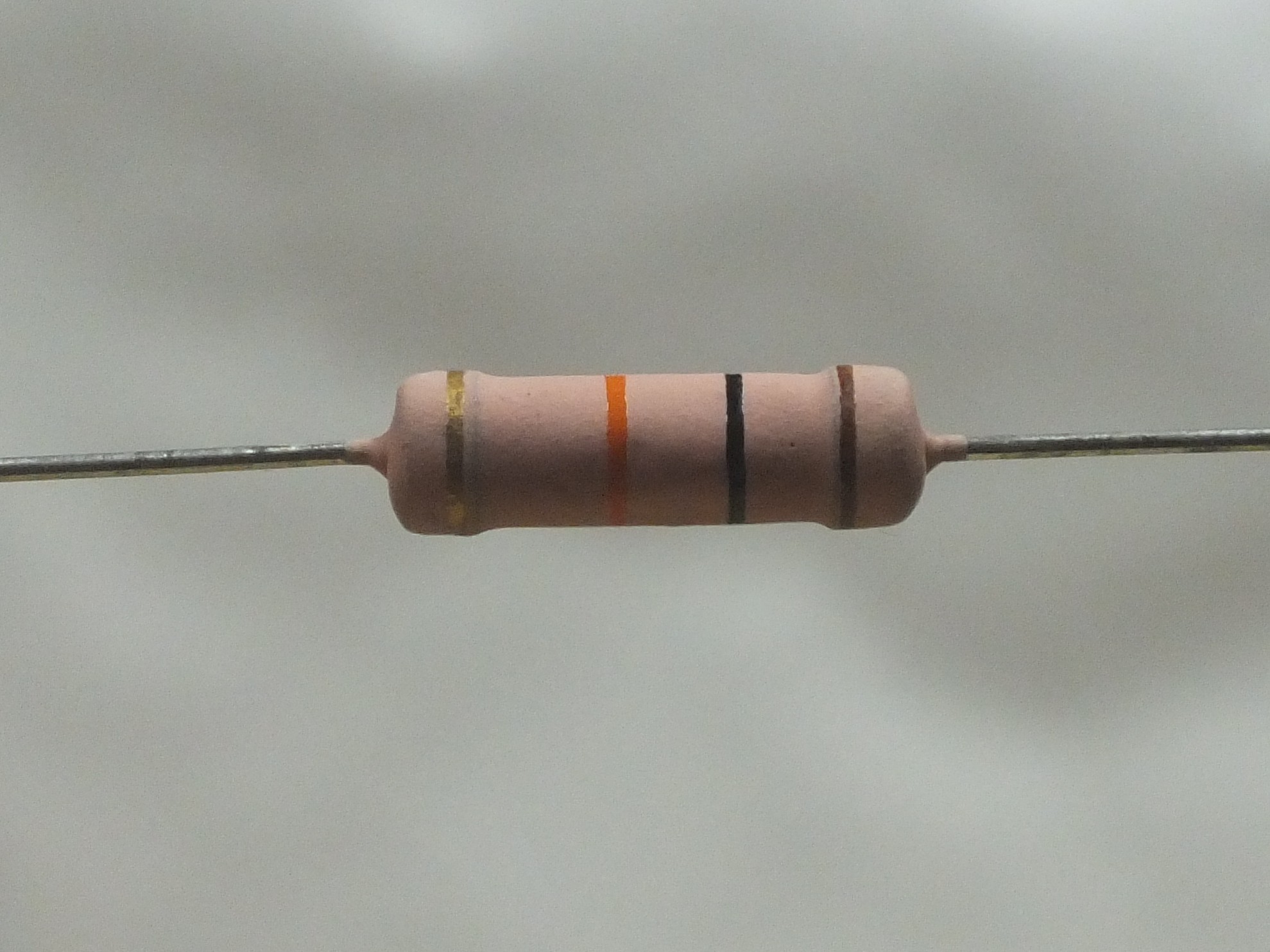
Resistors are basic components in electronics that are used to control the flow of electric current in a circuit. They work by introducing a resistance to the flow of electric current, thereby reducing the amount of current that can flow through a circuit. This is useful in many different applications, such as in limiting the current to a specific component or in adjusting the voltage in a circuit.
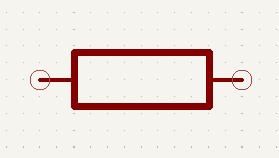
For example, a light emitting diode (LED) cannot limit the amount of current that passes through it, so if you connect it directly to a power source, the unlimited current will quickly destroy it. Adding a resistor in series with it will reduce that current to a safe level. We'll cover the choice of resistor in another post.
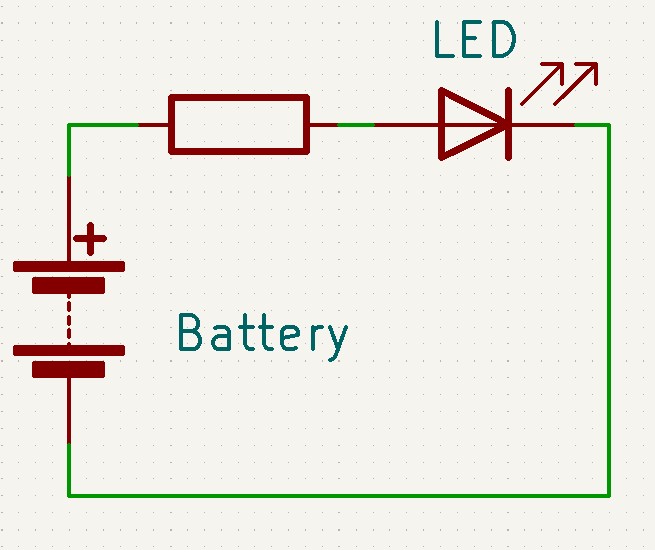
Resistors come in a variety of shapes, sizes, and resistance values. The most common type of resistor is the cylindrical, carbon-film resistor, but there are many other types of resistors available, including metal-film, wirewound, and surface-mount resistors. The resistance value of a resistor is typically given in ohms, and is marked on the resistor body using colour-coding, High power-handling resistors will use a numerical value.
The Ohm (Ω) is quite a small unit, with resistors typically in hundreds. thousands, and even millions of ohms. To make it easier to read and write resistance values, a shorthand was established using the letters R, K and M.
R stands for "resistance" and is used to indicate the value of a resistor in ohms. For example, if a resistor has a resistance of 220 ohms, it can be written as 220R.
K stands for "kilo" and is used to represent a thousand. In the context of resistors, 1K is equal to 1000 ohms. For example, a resistor with a resistance of 4.7 kiloohms can be written as 4.7K.
M stands for "mega" and is used to represent a million. In the context of resistors, 1M is equal to 1,000,000 ohms. For example, a resistor with a resistance of 2.2 megaohms can be written as 2.2M.
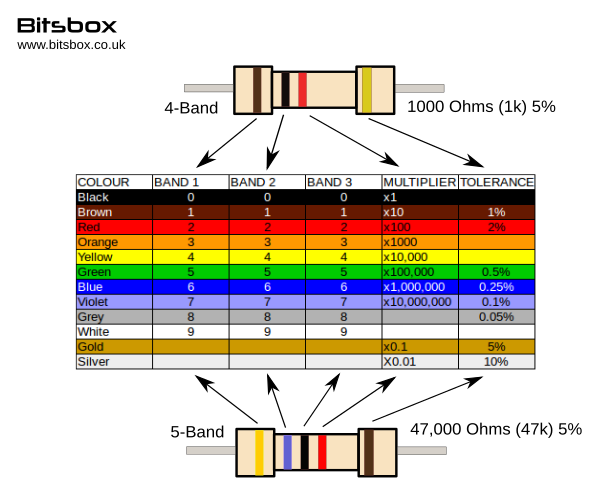
Resistors can be connected in series or in parallel in a circuit, depending on the desired effect. They can also be connected either way round. When resistors are connected in series, the total resistance of the circuit is equal to the sum of the individual resistors. When resistors are connected in parallel, the total resistance of the circuit is equal to the reciprocal of the sum of the reciprocals of the individual resistors.

Resistors in series.

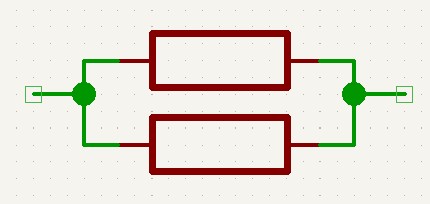
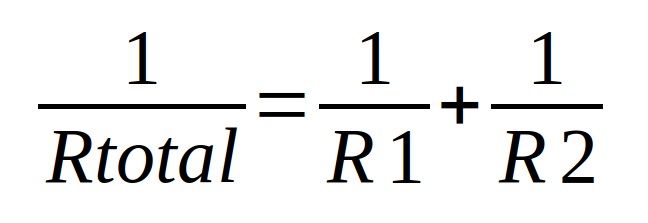
In conclusion, resistors are an essential component in electronics that play a crucial role in controlling the flow of electric current in a circuit. They come in many different shapes, sizes, and resistance values, and can be connected in series or parallel in a circuit depending on the desired effect. Whether you are working with a simple LED circuit or a complex microprocessor-based system, understanding how resistors work and how to use them is an important part of building and maintaining electronic circuits
If you are looking for resistors to include in your project, check out the Bitsbox resistor section.
